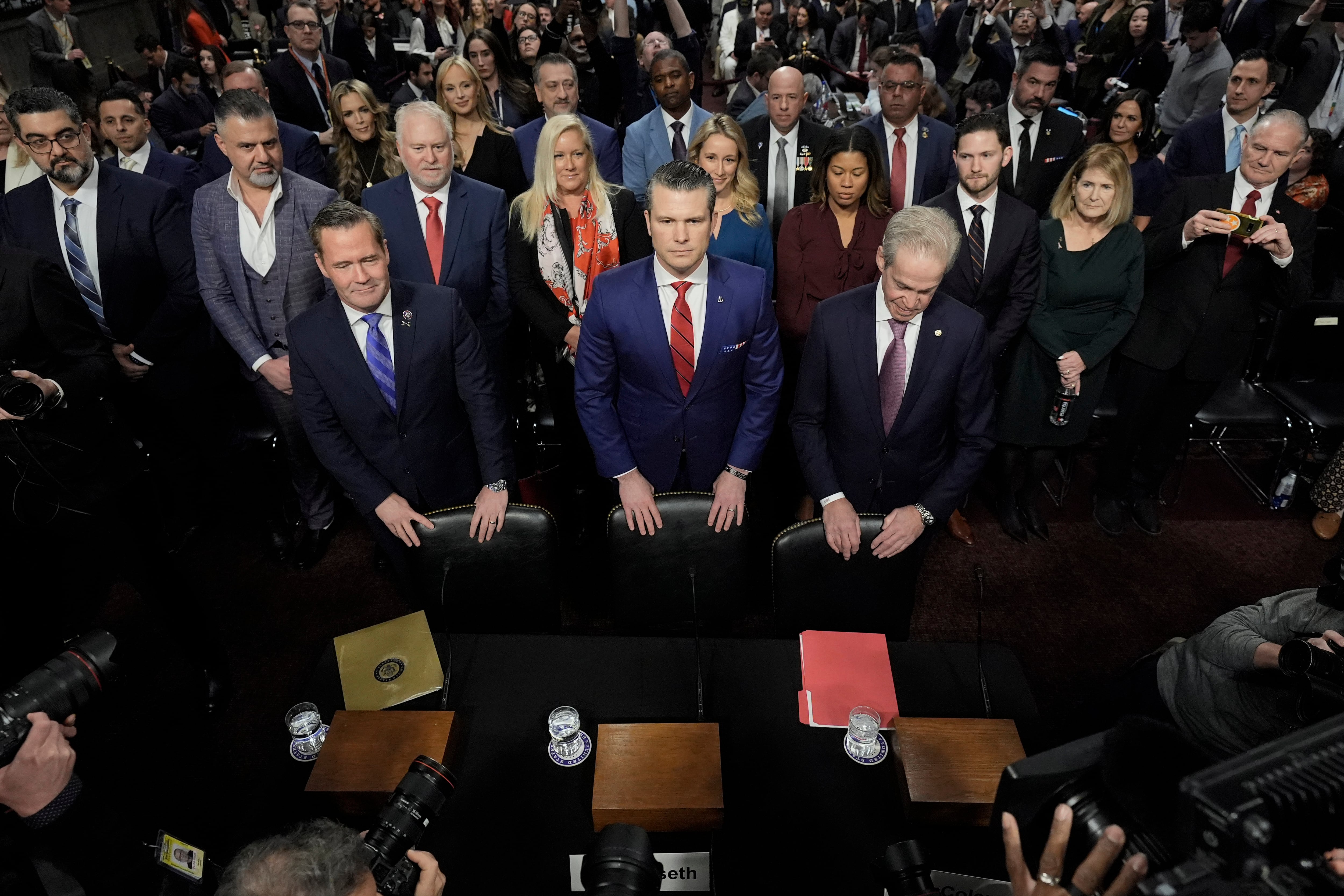The future ship wanted by the U.S. Marine Corps to augment the Navy’s dwindling number of amphibious warships may not be usable for its intended mission in times of war. Recent comments by a senior Marine Corps leader call into question both the survivability of the Light Amphibious Warship, or LAW, and the larger issue of how the Corps will sustain remotely deployed units under its latest operating concept.
The Marines want the LAW, which would be the fraction of the size and capability of current amphibs, to support its Force Design 2030 plans. Congress has not yet allocated funding for the first LAW, planned for construction in 2025, providing ample time to pose serious questions to Navy and Marine Corps leadership.
LAWs would support the Marine Corps’ latest operating concept, which envisions small units deployed to remote island sites for anti-ship, air and missile defense, and other missions. LAWs would move and sustain these units, blending in with commercial traffic in the Western Pacific to reduce detection.
The Navy and Marine Corps disagree over how robust to make the LAW. The Marines want to keep the cost of each ship to around $150 million to allow more to be built. This requires accepting a top speed well below fleet amphibs, minimal armament and survivability features similar to commercial ships.
The Navy balked the latter point, arguing that the craft should feature the survivability of traditional U.S. warship designs, which would increase the cost per ship to as much as $350 million.
Arguing against a more robust design and higher cost, Marine leadership stated that when conflict begins, the risk to the LAWs would be mitigated by relocating the Marines, then going into hiding. “Nowhere do we envision the LAW out transiting the sea lanes in the middle of a kinetic fight,” according to one senior Marine Corps official.
This argument creates an apparent dilemma: If the relocated Marines are no longer in position to engage enemy ships or missiles, they become irrelevant. If they are positioned to fight — and to be targeted — then LAWs would not venture out and risk destruction.
Sustainment requirements for these remote units are significant. Food, water and fuel might be procured from local sources, but ammunition, spare parts and medical evacuation require readily available seaborne or airborne support. If LAWs are unusable when fighting begins, and if larger, more survivable amphibious warships are too scarce or too valuable to risk, the deployed Marines will have to rely on aerial resupply, which would require a sustained effort well beyond organic Marine Corps capabilities.
Before Congress agrees to fund a new class of ships to support a concept that has drawn fire from a variety of critics, it should require a better explanation for how these ships would fulfill the mission the Corps envisions for them, whether they are a suitable replacement for the far more capable amphibious warships already in production, and how the Corps plans to sustain its stand-in forces once conflict breaks out.
Retired Marine Corps Maj. Gen. Christopher Owens most recently served as the chief of naval operations’ director of expeditionary warfare.





